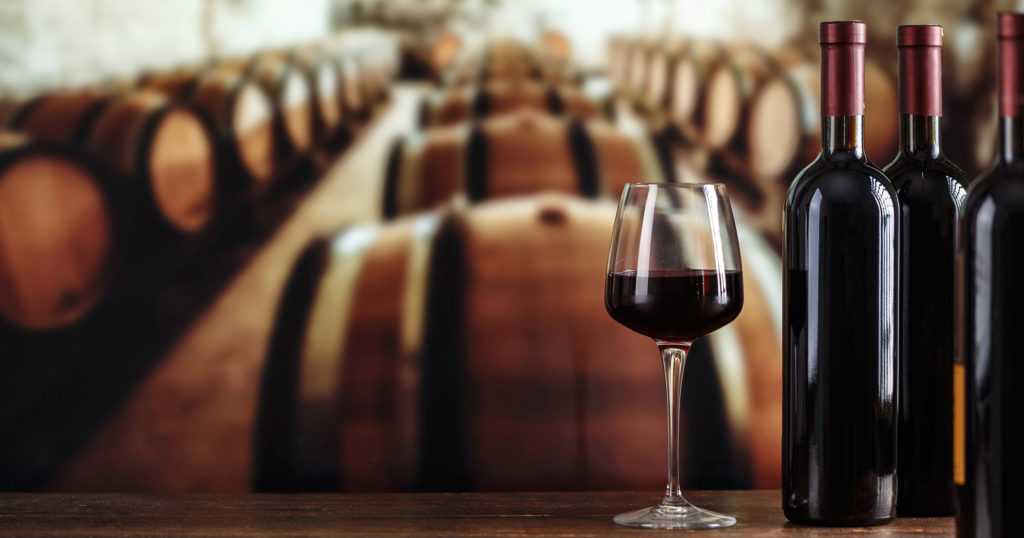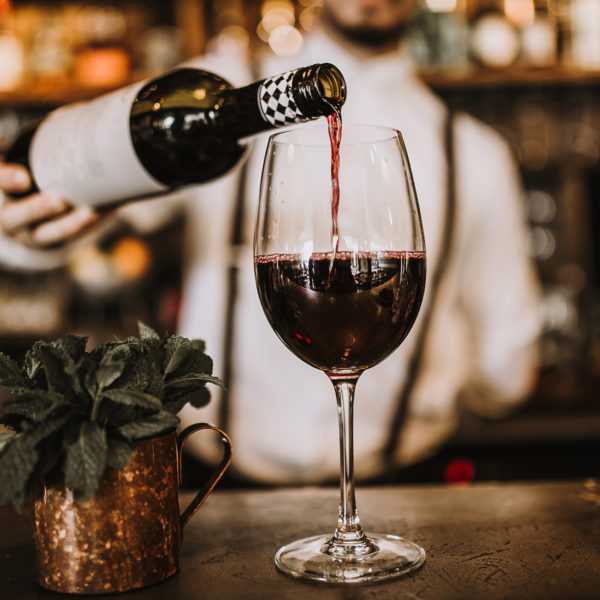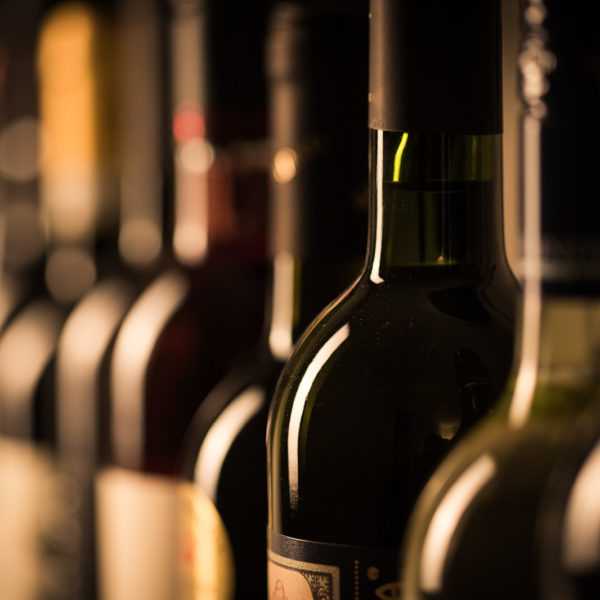“Unmet Demand Creates Opportunity”: A Q&A with Zach Lawless
What if, instead of crossing your fingers that your used wine bottle ends up among the 40% of glass put into recycling bins that actually gets recycled, you could ensure it got back to the winemaker for them to use again?


It seems like a far simpler solution. But like many things that are simple, it’s actually not easy. How would you get the bottle to the winemaker? How would it get cleaned? How would you stay motivated to return every bottle? A lot would have to change about the wine marketplace for it to all work.
That’s why reusable wine bottle company Good Goods is building a new marketplace. The company works with bottle makers and wine producers to set standards for reusable bottles, gives wine retailers a returnables management system, and engages participating consumers with SMS messaging about the store credit they earn for returning bottles.
When searching for the best market entrypoint for reusable packaging, Good Goods CEO and co-founder Zach Lawless landed on wine. Here’s how Lawless turned a passion for reuse – what he calls “the holy grail of sustainability” – into a growing marketplace that aims to upend the established supply chains for wine and beyond. He recently spoke with This Is Capitalism’s Natalie Burg. Edited excerpts of their conversation follow.
Q: The Good Goods reusable wine bottles ecosystem is really comprehensive. What made you take this holistic approach?
A: I started a business in 2017 doing grab-and-go meals out of reusable containers that could be returned to our kiosks for credit towards the consumer’s next purchase. It was about the same time that China stopped accepting plastics [for recycling], and I really wanted to be a part of the solution.
The idea gained a lot of traction, not only with venture capitalists, who we were able to raise money from, but also from some of the largest food service providers in the country, so we signed MSAs with all of them. We launched with around 30 locations in New York City.
We thought all these customers were going to be really excited about this zero-waste food option. So we did everything the same way everybody else had done in the past: When you checked out, you paid a deposit on your product, and when you came back, you got the deposit back. Very simple. Three months into it, we were getting about a 20% return rate on our packaging, and our No. 1 complaint from the customer survey was that they had to return the containers.
We realized real quickly that there was something wrong.
Q: What did that tell you about consumer behavior around returnables?
A: We realized we were competing with disposability as a product feature. We had to figure out a way to make reuse competitive. Through A/B testing, we were able to change a bunch of little things. Instead of having an $8 salad with a $2 deposit, we made it a $10 salad with a $2 reward. That had a major impact.
Also, we changed the packaging to make it feel more durable and reusable. The less disposable that product looks to you, the more you’re willing to go out of your way to make sure it goes back. Think about all the consumers who save their Apple packaging because it looks so nice. You feel bad throwing it away.
By making these little changes, we ended up getting our return rate to 80% at subway centers, office buildings, college campus, libraries – places where people weren’t eating in front of the vending machine or kiosks, but they were taking it home and coming back to return it, on average, about seven days later.
So, how did this all become about wine bottles?
We had built the groundwork for what was reasonable consumer behavior. And when COVID hit, we had a chance to step back and say, “How do we build this into something that can make a major change?”
We started looking at different industries and came to the conclusion that the answer was wine. If reuse is going to be successful, out in the private sector and in the near-term, wine needs to be the leader. One reason why is that it can be scaled quickly: Consumers are already using reusable packaging, so you’re not asking them to change anything. There’s also a large degree of standardization, which is very key in being able to get the efficiencies you need out of it.
But most importantly, it’s sold at one million locations within the United States. Scaling retailer support is the biggest hurdle that we face in growing reuse. In successful examples of reuse progress across the world, the retailer is the most critical part of the infrastructure.
Q: How does it work?
A: The producers and the retailers are our customers. The producer buys reusable wine bottles and agrees to be a part of the program. Then the retailer will purchase those bottles, and then we will activate that retailer. We get a list of all the retailers, we call that retailer, and we tell them something along the lines of, “Hey look, you just purchased wine that’s in the Good Goods reusable bottle.
“If you just download our Good Goods Retailer Application and start accepting bottles, then we will give your customers $1 credit towards their next purchase as store credit. They have to use it with you, and we will get that customer back in your store in an average of 5.5 days. So we’ll get them into your store more quickly and help position you as a sustainable retailer.”
Q: The whole ecosystem seems to rely on relationships with both wine producers and retailers. How do you get wine producers on board?
A: The first part is understanding that winemaking is an agricultural business that is probably the most greatly affected segment of producers by climate change. You’re talking about something that is so sensitive to climate, which is the grapes. So you have a very captivated audience with a vested interest in the success of sustainability programs.
When you’re talking to these vineyards that are interested in reducing the carbon footprint, you learn the largest part of the carbon footprint associated with wine is from the bottle. And 33% of the total footprint comes from the production of the bottle. So we provide them a channel to reduce their carbon footprint quicker and faster than anything they could change in their farming practices.
Reuse is the holy grail of sustainability. So we’re trying to bring that to the forefront and make it an easy solution for producers.
Q: What is the goal for changing the ecosystem?
A: The dream is to have every retailer in America accepting users’ credits and their returns. Then we’ll work with retailers and producers to make sure that the packaging coming into the system is correct and also to make sure that the distribution model – going from point A to point B – is correct. Once you have a little bit more control over that marketplace, you can start to make a huge change not just to bottles, but to everything else.
Supply chains, right now, are not set up to handle reuse. One of our big beliefs is that there is an under-met demand for reusable consumer products. More people want them than can get a hold of them. And the reason for that is supply chains are not set up to handle it, but the cost of changing the existing supply chain is so big and difficult for the established players. And that unmet demand creates opportunity.

